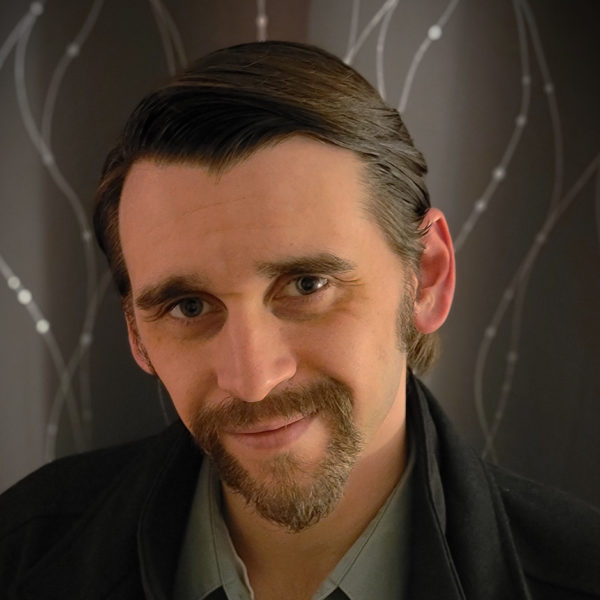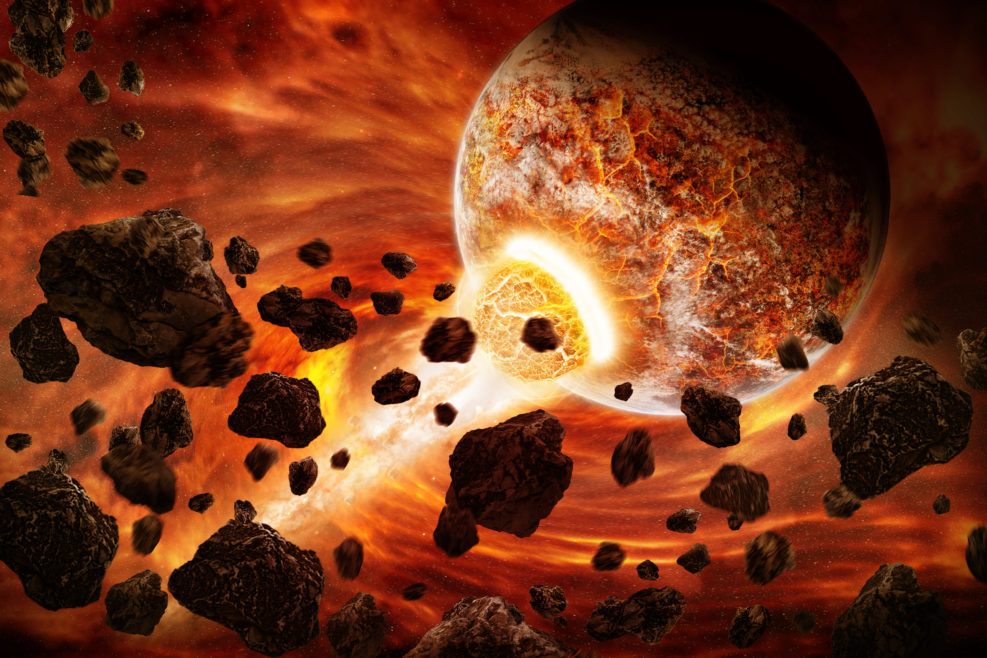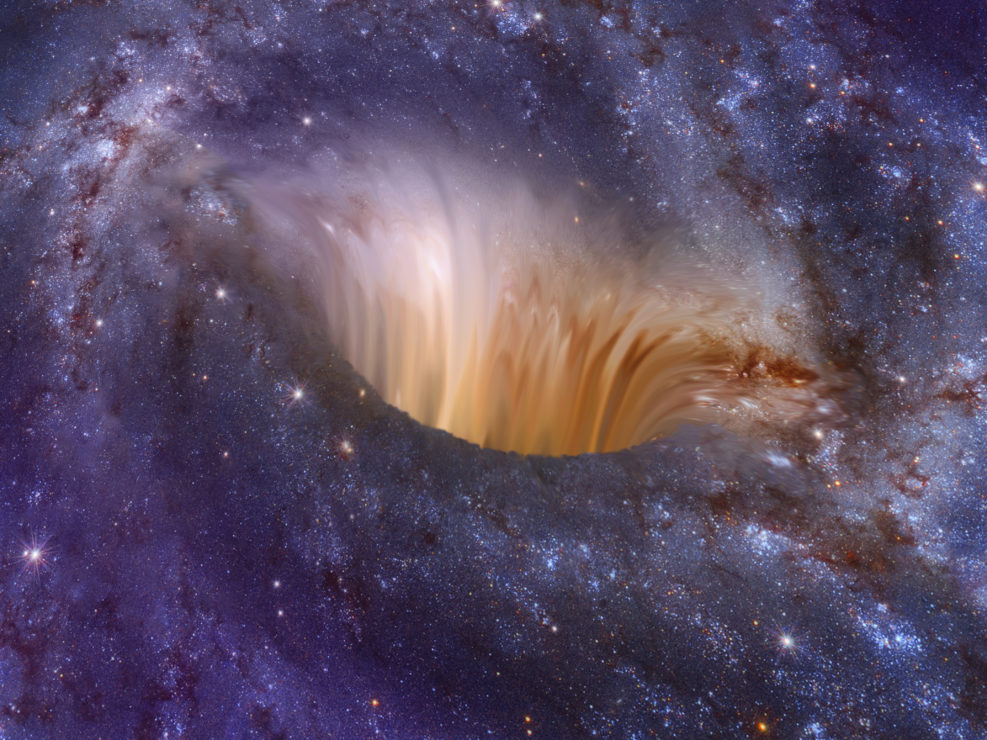
Orville Episode 5: Bad Allegory — But Competent Writing
Competent writing is some compensation for an otherwise tedious exposition of transgender ideologyLast time, we began discussing The Orville, Season Three, Episode 5, A Tale of Two Topas. I mentioned that the episode was an allegory for children undergoing gender reassignment surgery. I suspected that they were affirming this practice because of the political nomenclature they used. However, it’s possible they weren’t. The fact that Topa was transitioned from a female to a male as an infant and now wishes to return to her original state suggests the very opposite of what the transgender movement claims. In this article, I shall discuss the subsequent plot and let the reader decide. I want to start out by saying the writing of this episode is far superior to the preceding ones. I hesitate to Read More ›



















